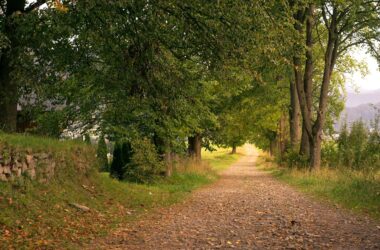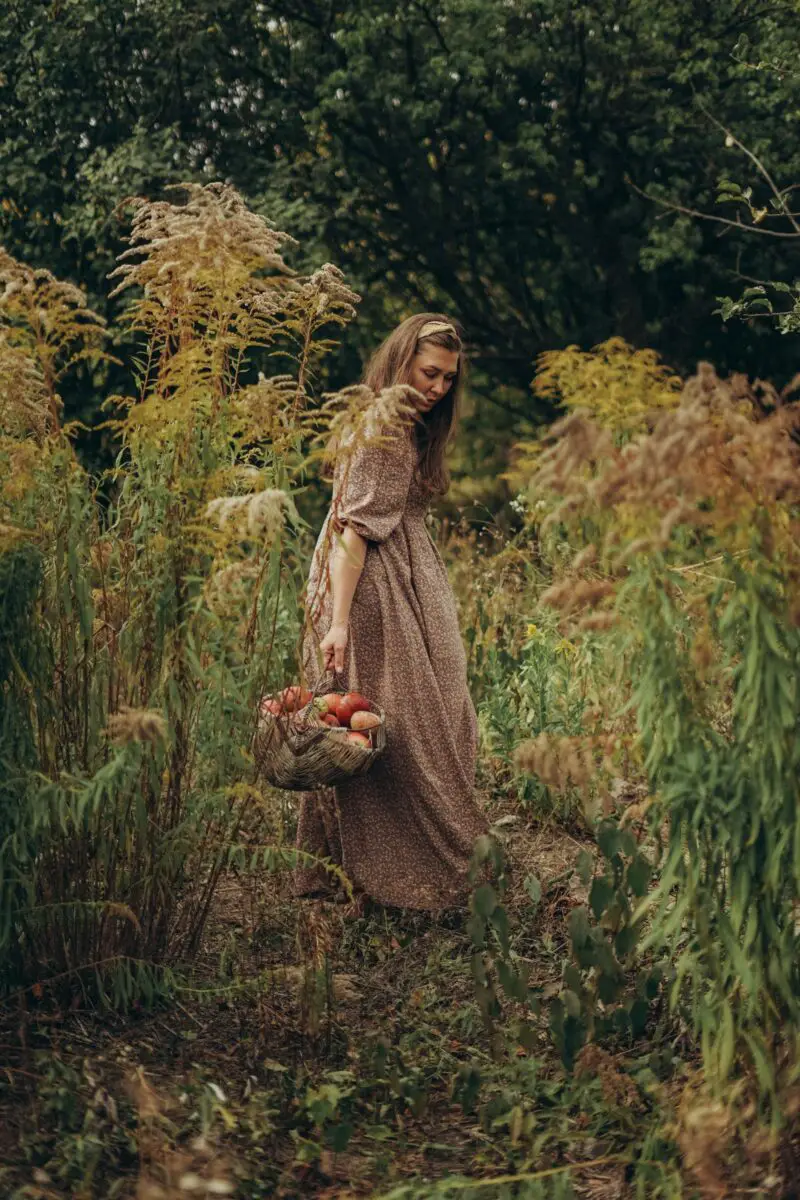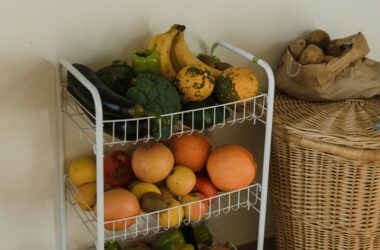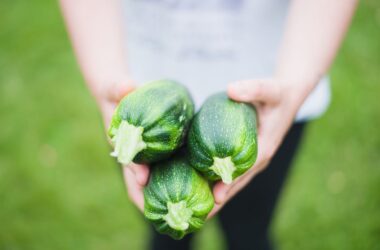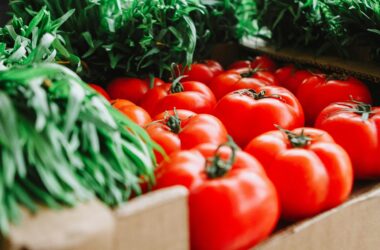As summer begins to wind down, gardeners should start paying attention to the subtle signals that indicate the changing of the seasons. Preparing your garden for fall is essential for maintaining its health and ensuring a fruitful season next year. Here are the key signs that it’s time to start preparing your garden for fall:
Shorter Days and Cooler Nights
As the days get shorter and the nights grow cooler, it’s a clear sign that fall is on its way. Plants respond to these changes in daylight and temperature by slowing their growth. Reduced daylight hours mean less photosynthesis, while cooler nights can stress certain plants, signaling it’s time to start preparing your garden for the upcoming season.
Changes in Plant Behavior
Keep an eye on your plants for signs like yellowing leaves, decreased productivity, or plants going to seed. These are natural indicators that the growing season is coming to an end. This is the perfect time to start thinking about fall garden preparation, such as pruning, mulching, and planting cover crops.
Appearance of Fall Perennials
Fall perennials, such as chrysanthemums and asters, begin to show signs of growth as the season changes. Their emergence is a natural signal that it’s time to start your fall gardening tasks. These hardy plants thrive in cooler temperatures and shorter days, reminding you to prepare your garden for the upcoming season.
Leaf Color Changes
Trees and shrubs may start showing early signs of leaf color change, particularly in cooler climates. This natural process not only adds beauty to your garden but also indicates the need to start fall preparations. Raking leaves and composting them can enrich your soil and prepare your garden beds for next year.
First Frost Warnings
Keep an eye on the weather forecasts for frost warnings. The first frost is a clear indicator that fall is here. Protecting tender plants with covers, harvesting remaining crops, and mulching your garden beds are crucial steps to take when frost is imminent.
Harvest Time
When your summer crops are ready for their final harvest, it’s a sure sign that fall is near. Harvesting and storing summer produce properly ensures you enjoy the fruits of your labor through the colder months. This is also a good time to clean up spent plants and prepare your garden for the next season.
Weaker Sunlight
As the angle of the sun changes, the sunlight becomes weaker. This affects photosynthesis and plant growth, signaling the approach of fall. Adjusting your garden’s lighting and watering schedules can help your plants transition smoothly into the cooler season.
Soil Temperature Changes
Soil temperatures begin to drop as fall approaches, affecting root systems and plant health. Monitoring soil temperature and making adjustments, such as adding mulch, can help maintain a stable environment for your plants during the transition.
Animal and Insect Behavior
Observing changes in local wildlife and insect behavior can also signal the approach of fall. Animals preparing for hibernation or migration, and the appearance of fall insects, indicate it’s time to start your garden preparations. These natural cues remind you to take steps to protect your garden from pests and prepare for the next growing season.
Garden Debris and Clean-Up
As plants die back, garden debris increases. Cleaning up dead plant material is crucial to prevent disease and pests from taking hold in your garden. Composting garden waste and tidying up beds helps maintain a healthy garden environment and prepares your space for the next growing season.


